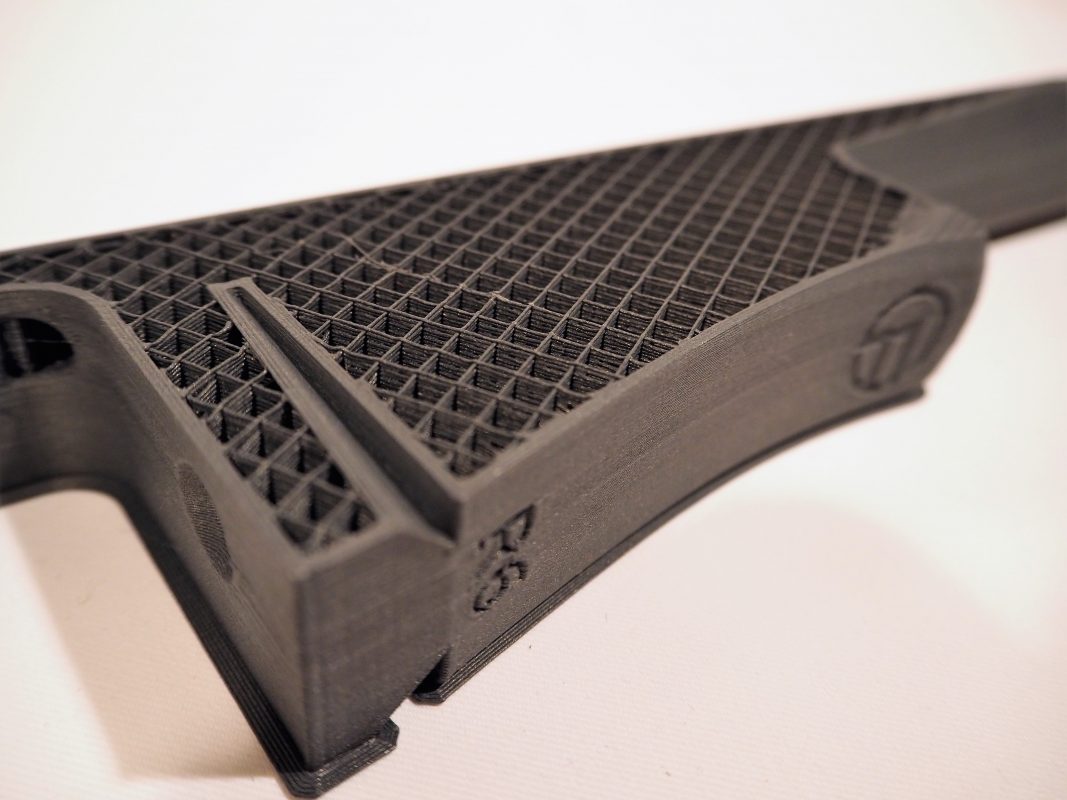Product Design
3D Printed Lattice Structures and Generative Design
Design software is beginning to catch up with the capabilities of additive manufacturing technologies and materials. Lattices and generative design are key building blocks for new 3D printed lattice forms.
What is a Lattice?
For our intents and purposes, a lattice is a repeating 3D arrangement of material, typically constructed by intersecting thin sections. Lattices can be very large — such as a railroad bridge truss, or can be very small — such as an arrangement of molecules. At OpenFab, we’re typically working on 3D printed lattices that can fit in a shoe box.
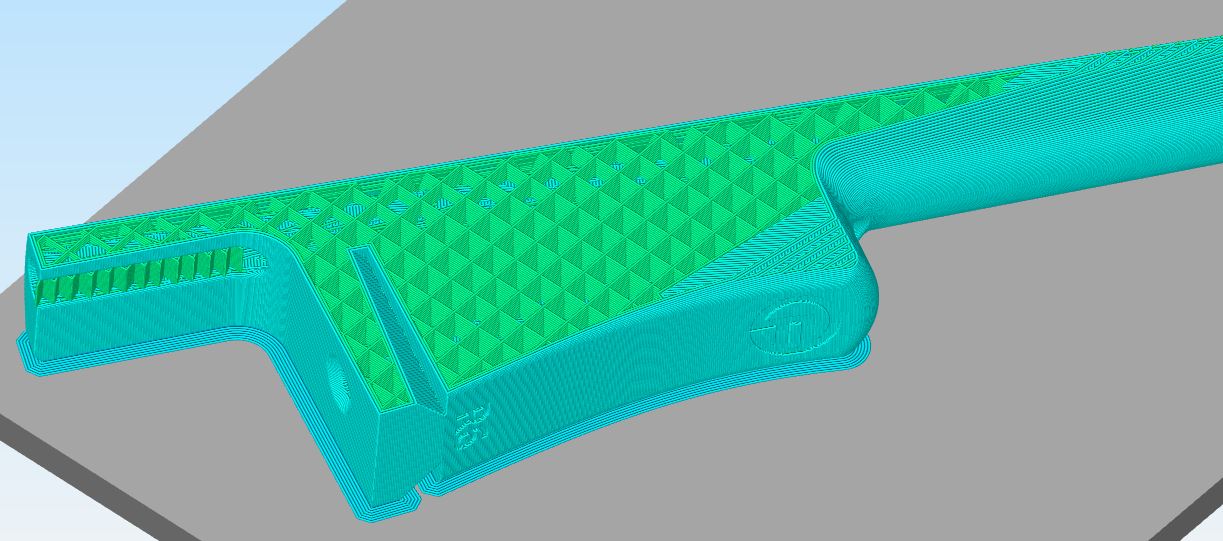
Extrusion printers create a 3D printed lattice structures for the interior of solid parts. This interior structure is called infill, and the pattern and density of the infill is controlled by the software that prepares the part for printing.
A lattice is a very efficient structure that enables the designer to tune the properties of the latticed part. Perhaps you’re working with an elastomer — you could use a harder elastomer (improved durability) but use a lattice structure to achieve greater deflection or softness and reduce material use. On the other end of the spectrum, lattices in hard plastics or metals may be designed to be very stiff while reducing weight.
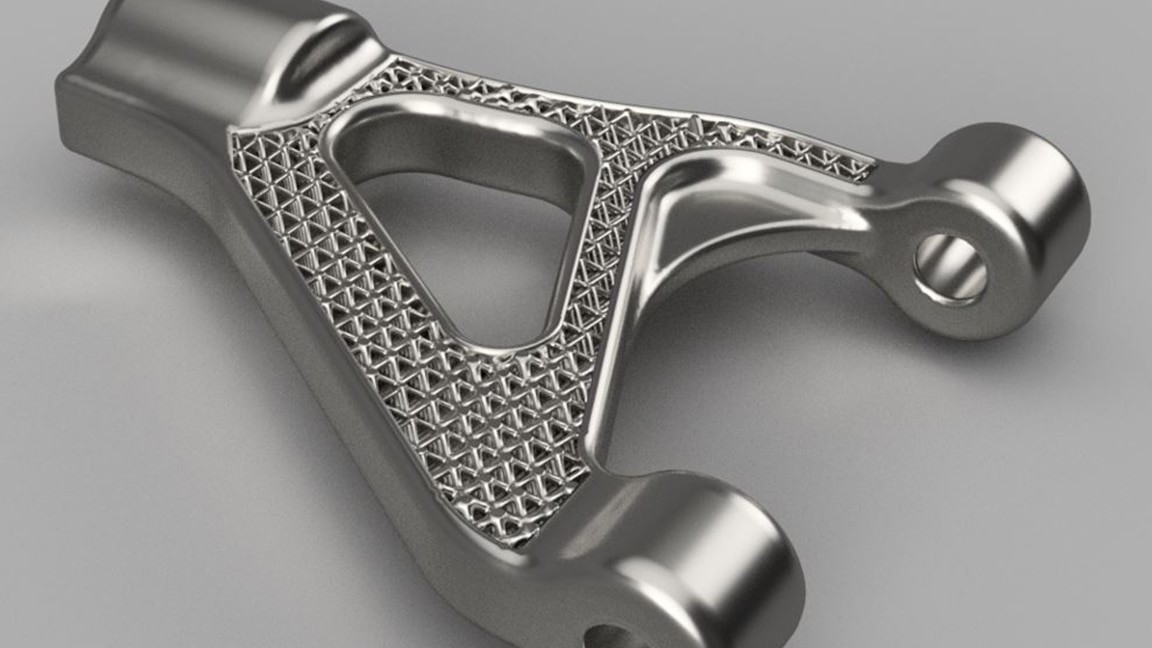
Lattices, especially 3D printed lattices, are usually designed with algorithms. While it is possible to design a section of a lattice ‘by hand’ and pattern it to create a larger volume, this approach tends to be labor intensive and cumbersome. Generative design, like lattices, is also driven by algorithms.
What is Generative Design?
Generative Design is an algorithmic method of producing a form in which a produced result is modified repeatedly (by iteration) until it meets certain pre-determined criteria. While there is a program specifically titled “Autodesk Generative Design” [no longer, now generative design is built in to Fusion 360], there are many different software packages capable of creating forms in a generative fashion.
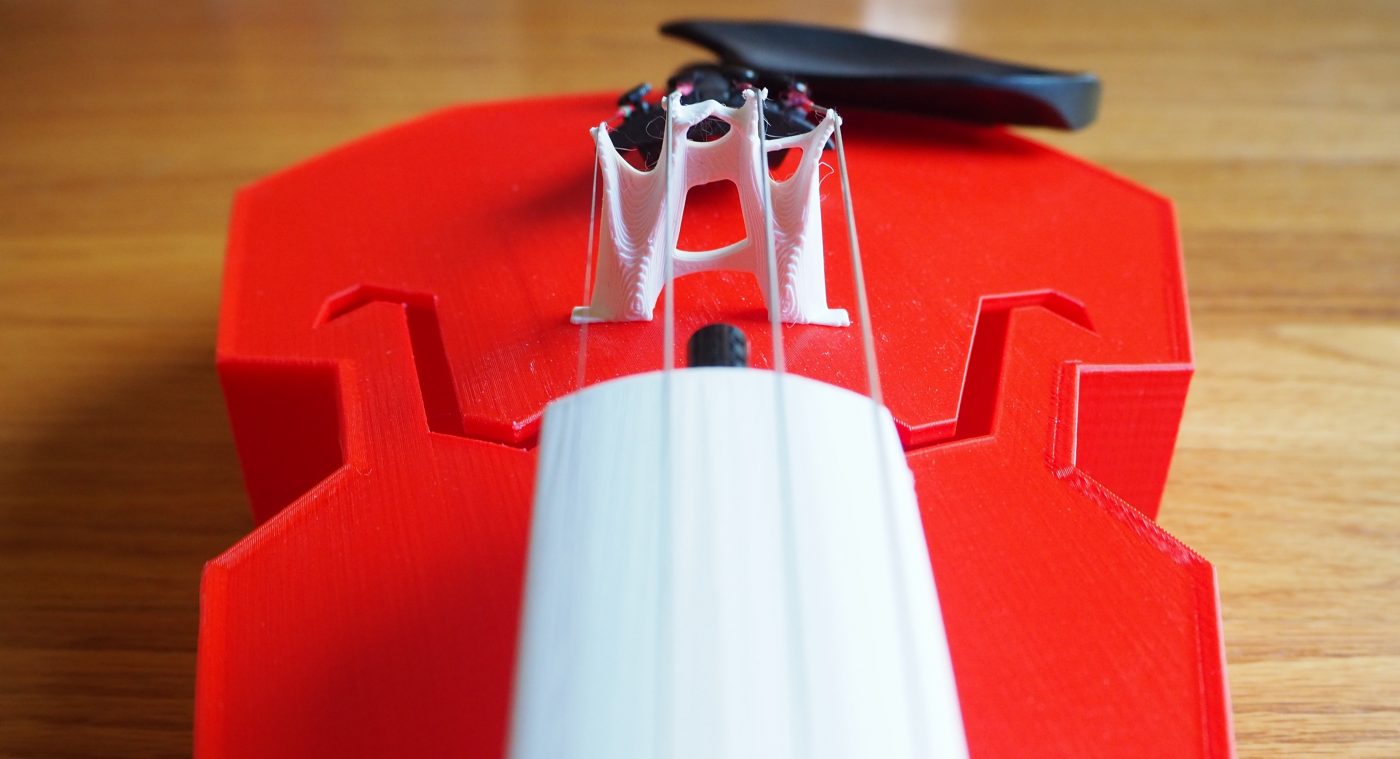
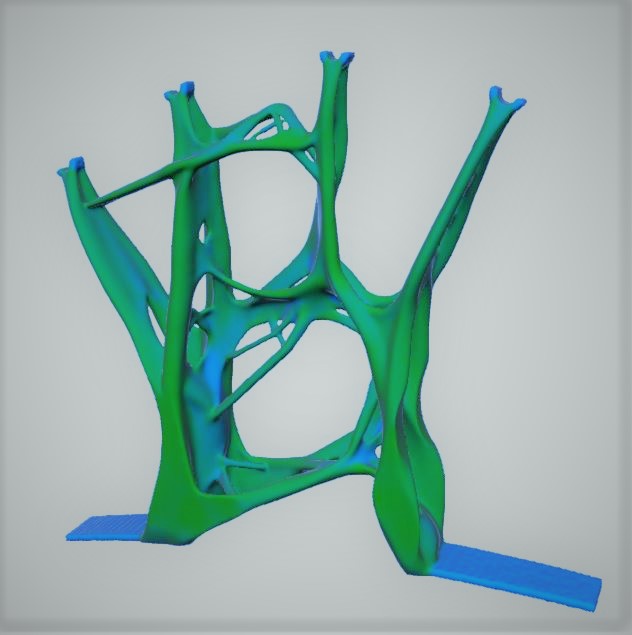
Generative methods can be used to create latticed designs, but lattices are not necessarily created using generative design. Most design packages that use generative techniques may not be ideal for creating lattice structures, it depends greatly on the mathematical building blocks in use.
OpenFab uses generative design and other algorithmic methods in providing product design services for clients, as well as for in-house products. In addition, OpenFab offers consulting and training for businesses curious about the applications of this new design technology to their work.
It is unclear where exactly the line is drawn between generative design and other algorithmic design methods. For example, the bowl and dish shown, below, from Francis Bittonti’s Cloud Collection, is designed in Rhino using the Grasshopper plugin. While the design in this case is not iterated to meet a pre-determined condition or load case, the part is designed by iterating an algorithm to a desired result. Is this generative design? I would say yes.
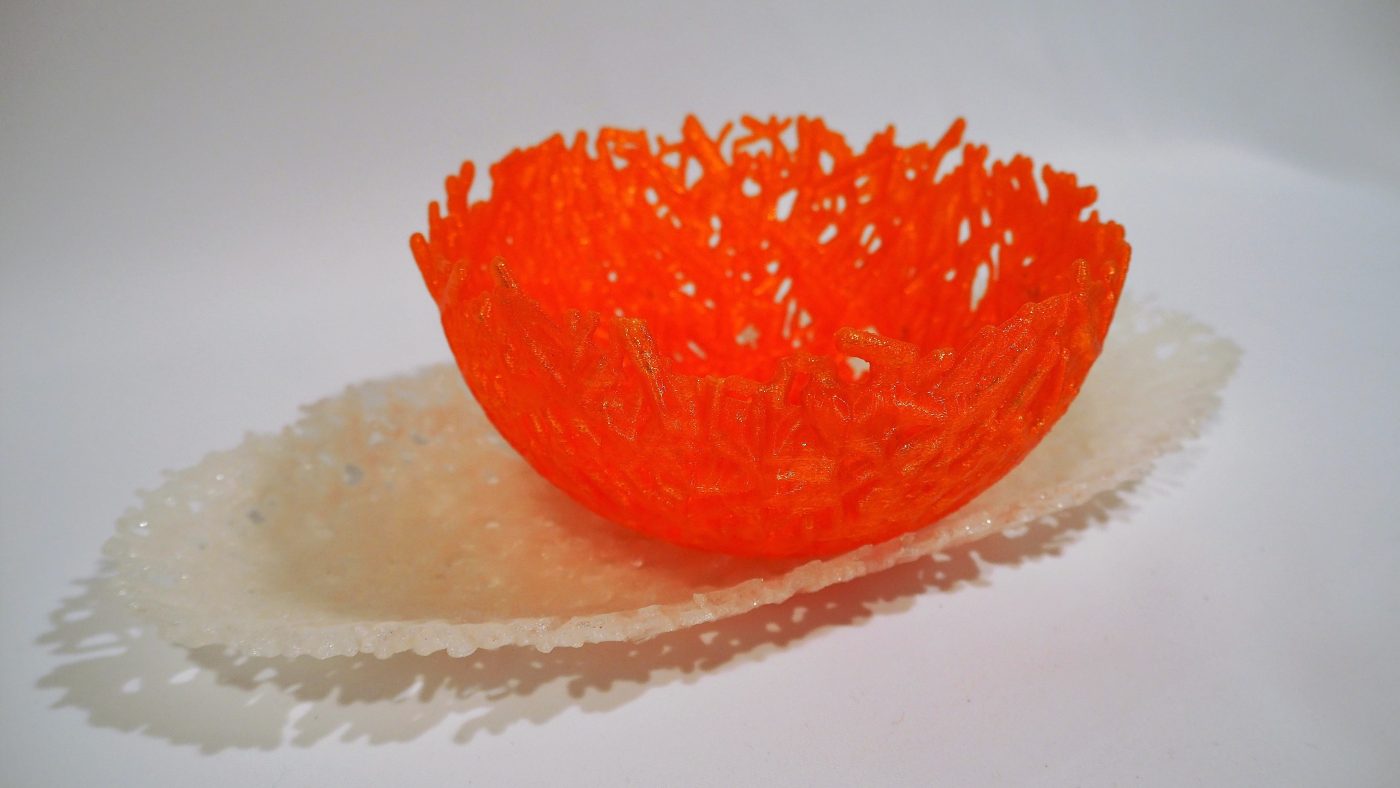
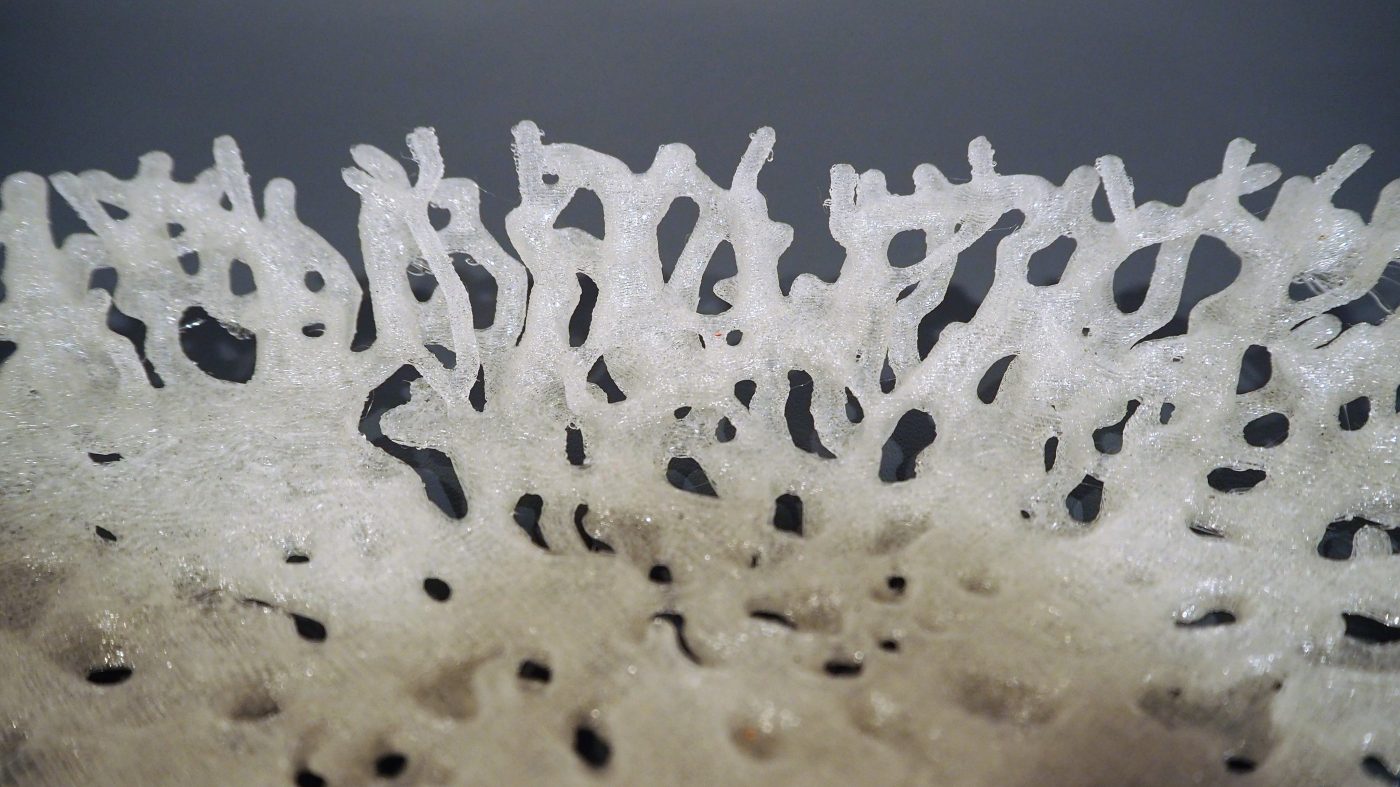
Lattices are a Feature, Generative Design is a Technique
Generative design, and more broadly algorithmic design, is a design approach that can create parts and products with unique and highly efficient geometry. These design techniques create geometry that could not previously be manufactured. Now, as 3D printing expands in capabilities and materials, we’re starting to see products hit the market with this kind of novel geometry.

Many of these new organic forms you may see in real life are 3D printed lattices. Lattice structures, which can be created using generative design, are efficient, lightweight, and allow mechanical properties to be tuned by the designer.
The creation of this crazy geometry, whether by generative design or another algorithm, is the wild west frontier of the design world. Don’t ford the river and get bit by a snake — get in touch.

